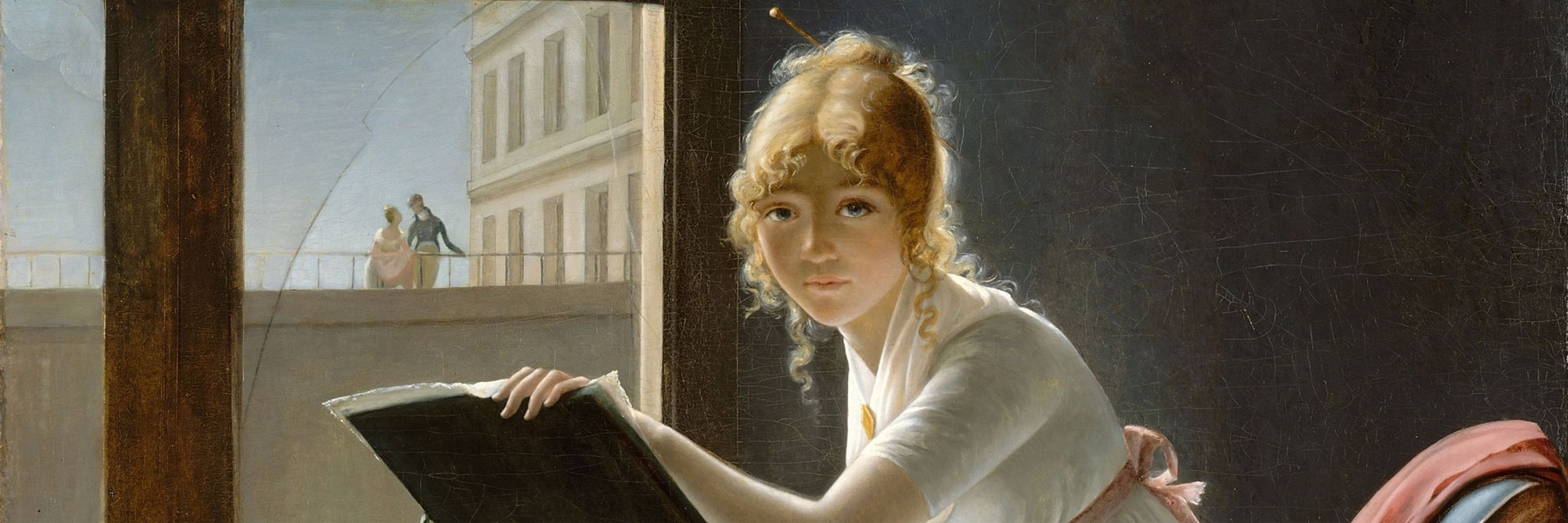Michael
@mdstamper.bsky.social
2.6K followers
720 following
1.4K posts
Sharing my own Bluesky gallery of inspiration featuring #WomenInArt … and for those with time or interest to learn more: detailed #artText in the #AltText including art history & stories with all respect + credit to the original artists & museum curators.
Posts
Media
Videos
Starter Packs



















